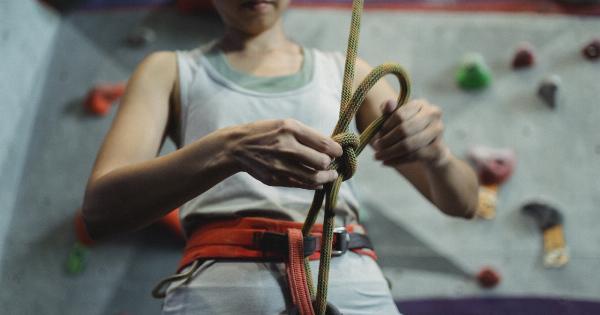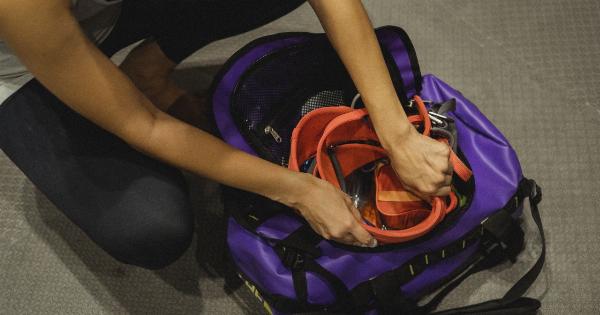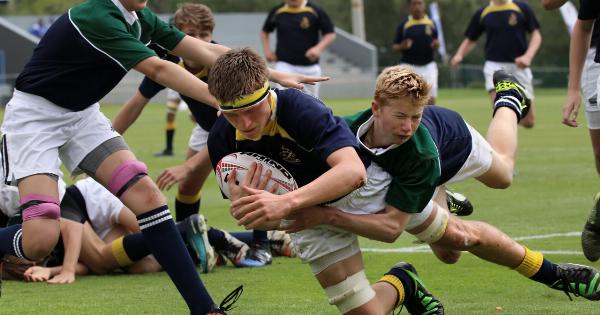Sports injuries can be inevitable when playing competitive games. Every sport has its own set of risks, and unfortunately, injuries are common. It’s essential to know the most common types of injuries in sports and what we can do to prevent them.
1. Muscle Strains
Muscle strains are the most common injury for athletes. A strained muscle can occur when the muscle is overloaded or stretched beyond its normal limit. Symptoms include pain, stiffness, and swelling.
To prevent muscle strains, athletes should stretch before engaging in any physical activity. Stretching helps to warm up the muscles and prevents them from getting strained. It’s also essential to do a cool-down routine after exercising.
2. Sprained Ankles
Sprained ankles are a common injury in sports that involve jumping or quick changes of direction, such as basketball, volleyball, and soccer. A sprained ankle occurs when the ligaments are stretched too far or torn.
To prevent ankle sprains, athletes should wear supportive shoes that fit well. Stretching before and after playing can also help reduce the risk of injury. Athletes can also strengthen their ankles by doing balance exercises.
3. Torn Ligaments
Torn ligaments can occur when there is a sudden twist or impact on a joint. The most common ligament to be torn is the anterior cruciate ligament (ACL). Symptoms include pain, swelling, and instability in the joint.
Avoiding overuse or repetitive stress on a joint can help prevent torn ligaments. Warming up before playing and using proper form and technique while engaging in physical activity can also reduce the risk of a tear.
4. Concussions
Concussions are a type of traumatic brain injury (TBI) that can occur in sports such as football, soccer, and basketball. A concussion occurs when there is a direct blow to the head, causing the brain to shake inside the skull.
To prevent concussions, athletes should wear protective gear such as helmets and mouthguards. They should also follow proper techniques when tackling or blocking.
5. Fractures
A fracture is a broken bone. Fractures can occur in any sport where there is a risk of impact. Symptoms include pain, swelling, and difficulty moving the affected limb.
To prevent fractures, athletes should wear appropriate protective gear and follow proper techniques when engaging in physical activity. It’s also essential to have strong bones, which can be achieved through a healthy diet and regular exercise.
6. Dislocated Joints
A dislocated joint occurs when the bones in a joint are forced out of place. This can happen in sports such as gymnastics, martial arts, and wrestling.
To prevent dislocated joints, athletes should stretch before and after engaging in physical activity, wear appropriate protective gear, and follow proper techniques.
7. Tennis Elbow
Tennis elbow is a type of repetitive strain injury that occurs when the tendons in the elbow become inflamed. This injury is common in sports that require repetitive arm motions, such as tennis and golf.
To prevent tennis elbow, athletes should engage in strength-building exercises for the arms, use the proper technique, and use appropriate gear such as elbow braces.
8. Heat Exhaustion
Heat exhaustion occurs when the body overheats, and the body’s cooling system fails to function correctly. This can happen in sports that take place in hot and humid conditions.
To prevent heat exhaustion, athletes should stay hydrated, take breaks in the shade, and wear loose and light-colored clothing.
9. Dehydration
Dehydration occurs when the body loses more liquids than it takes in. This can happen in sports that require prolonged periods of physical activity.
To prevent dehydration, athletes should drink plenty of fluids before, during, and after physical activity. Sports drinks with electrolytes can also help replace fluids and minerals lost through sweating.
10. Plantar Fasciitis
Plantar fasciitis is an injury that occurs when the band of tissue that runs across the bottom of the foot becomes inflamed. This injury is common in sports that require running and jumping, such as basketball and track and field.
To prevent plantar fasciitis, athletes should wear supportive shoes with good arch support. They should also stretch their feet and calves before and after engaging in physical activity.
Conclusion
Sports injuries are common, but many of them can be prevented. Taking adequate precautions, such as wearing appropriate gear and following proper techniques, can help reduce the risk of injury.
A healthy and balanced diet, adequate hydration, and rest periods are also essential to maintaining a healthy body during physical activity.




























